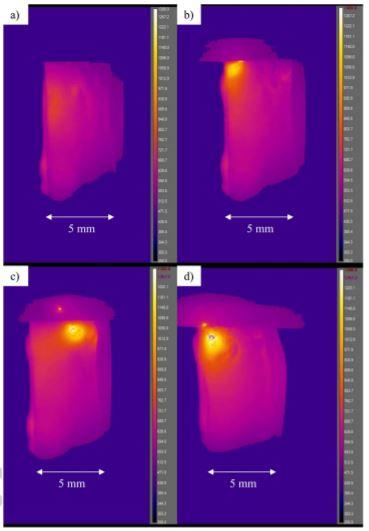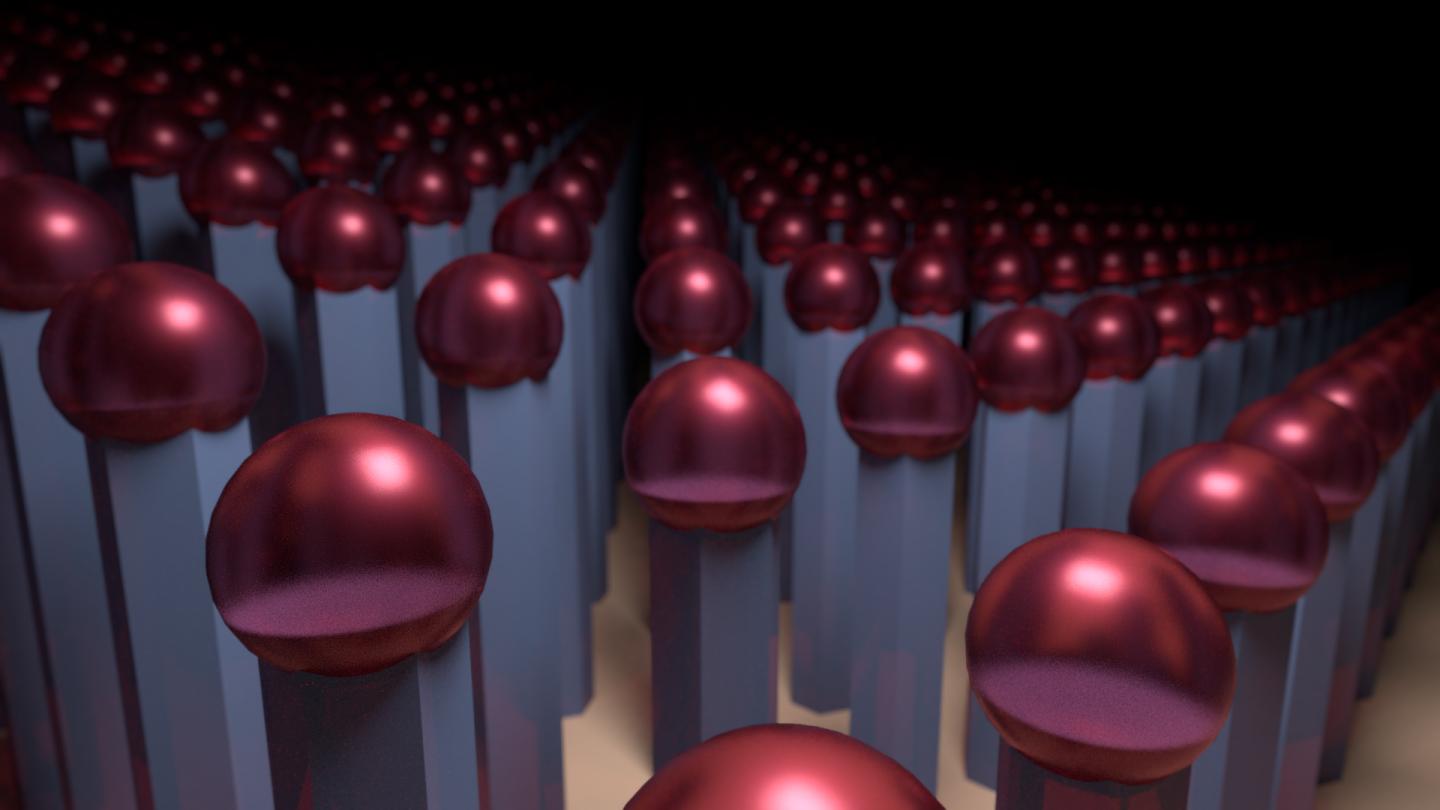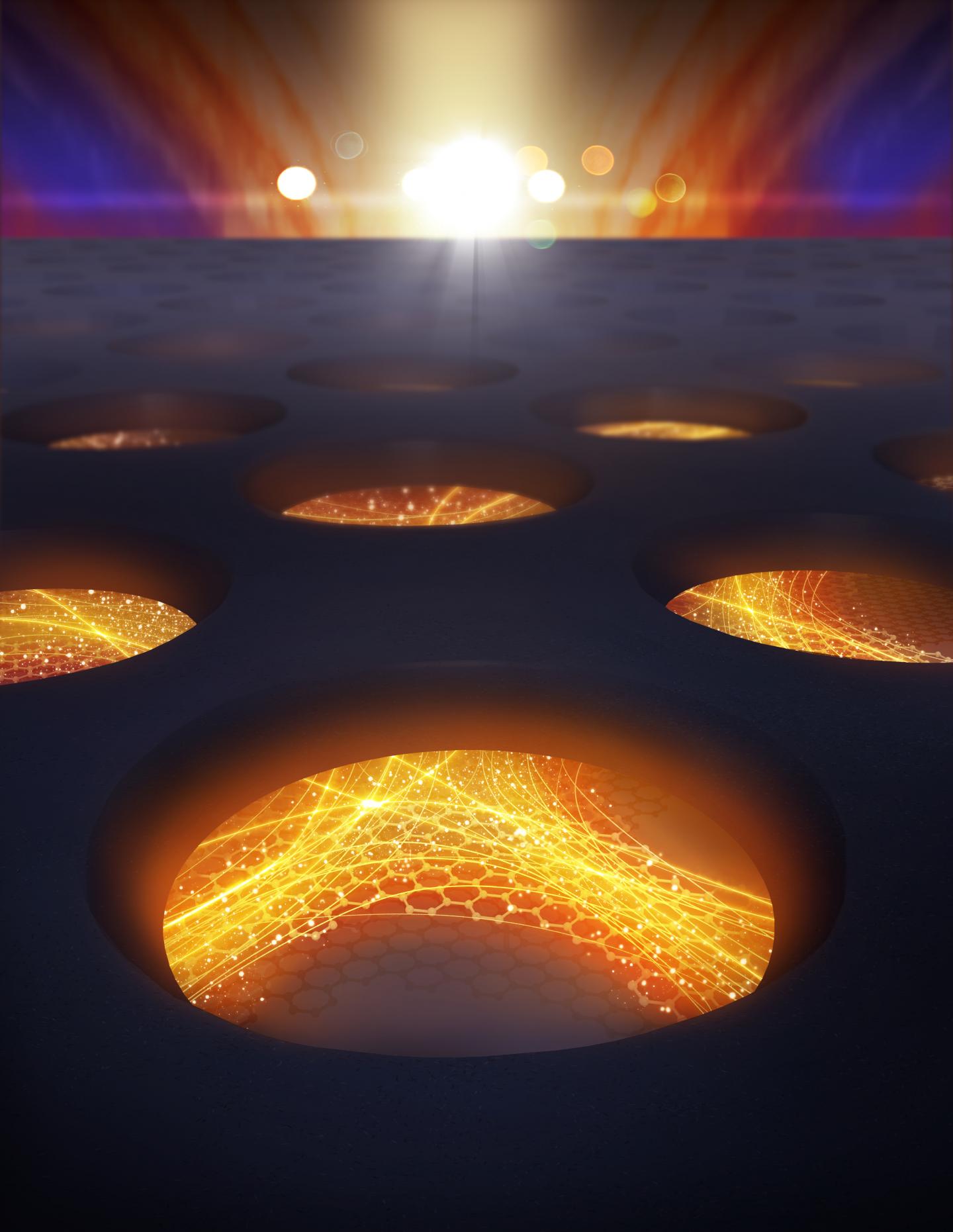
Another surprising observation of electric heating of glass is that the hot spot near the positive electrode may meander around as seen in the video frames several seconds apart in the figure here. For the video and explanation of this phenomenon see the publication at: https://doi.org/10.1038/s41598-019-39431-8

EPFL researchers have found a way to control and standardize the production of nanowires on silicon surfaces. This discovery could make it possible to grow nanowires on electronic platforms, with potential applications including the integration of nanolasers into electronic chips and improved energy conversion in solar panels.

This figure shows the synthesis of porous carbon fibers and loading of MnO2. (a) A diblock copolymer of polyacrylonitrile-block-polymethyl methacrylate (PAN-b-PMMA) is spun into a polymer fiber mat. In the magnified view, the block copolymer microphase separates into a bicontinuous network structure. (b) After pyrolysis, the block copolymer fibers are converted to porous carbon fibers (black) with continuous and uniform mesopores (white channels), which afford high loadings of transition metal oxides. (c) The porous carbon fibers are loaded with manganese oxide (magenta). In the magnified view, the continuous carbon fiber matrix and partially filled mesopores provide effective expressways for electron conduction and ion diffusion, respectively.

Danish researchers just solved one of the biggest challenges of making effective nano electronics based on graphene: to carve out graphene to nanoscale dimensions without ruining the electrical properties. This allows them to achieve electrical currents orders of magnitude higher than previously achieved for such structures. The work shows that the quantum transport properties needed for future electronics can survive scaling down to 10 nanometer dimensions.

The novel catalyst is a nanostructured composite material composed of carbon nanowires with ruthenium atoms bonded to nitrogen and carbon to form active sites within the carbon matrix. Electron microscopy of carbon nanowires co-doped with ruthenium and nitrogen showed ruthenium nanoparticles decorating the surface of the nanowires.